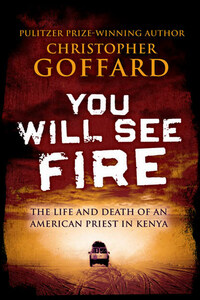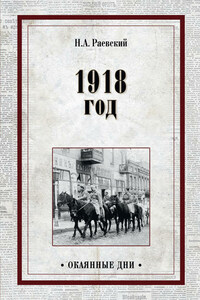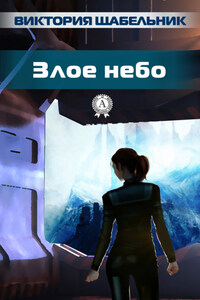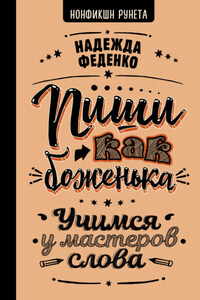1
THE HOUSE AT THE EDGE OF THE DARK
WHEREVER HE WENT, the man of God carried his shotgun. Like its owner, the double-barrel twelve-gauge was old and broken in places, dusty from miles of hard African road. He kept the splintered stock bound together with a length of black rubber, and he believed it might be his only protection, save for the good Lord and his American name, in a country that had never felt more dangerous.
John Kaiser’s redbrick parish house, without a gate or guard or phone, sat on a twenty-nine-acre plot at the edge of an immense valley rolling away toward the Serengeti Plain. It was the finest house in the township, with five bedrooms and small outdoor water tanks. He would be awake before dawn, lifting his head with difficulty from his narrow metal-frame bed, blinking into the darkness of a room as spartan as a cell. Shapes congealed around him: the crucifix on the wall, the cluttered desk, the shotgun.
He’d be walking the grounds before sunrise, clutching his rosary beads and praying in the dark, his arthritic neck already encased in a thick orthopedic brace. At first light, the rutted murram road running past the parish house acquired a pinkish hue. As the countryside awoke, birdsong filled the surrounding trees, and from the long, wet grass, insects thrummed at his passing heels.
A few yards from his front door stood the church he had built soon after his arrival, five years back, in this tiny township in the heart of Masailand. It was a rough and functional structure, like dozens he’d thrown up across the countryside: corrugated-iron roof, concrete floor, unburnished wood pews, and exposed crossbeams in the vault overhead. He had developed a reputation as a ferocious and tireless builder during his years in Africa; this alone made him an unusual figure among white missionaries. He’d gone up ladders with pockets stuffed with bricks and pulled long roof beams after him by rope. But scattered around the compound now were crude brick structures—the shells of a girls’ dormitory and schoolhouse and dispensary—that he had not mustered the energy to finish in these last pain-racked years. He had begun to doubt he would.
The year was 2000. It was late summer. From his radio came the Voice of America, the cadences of home, where the news of late had been dominated by the presidential race to succeed Bill Clinton. He would sit down to breakfast in a dining room with lime green walls, adjoining a living room with a plain worn couch. His diet was as spartan as his room, and his breakfast, laid out by his housekeeper, Maria, would be quick and simple—some mandazi, a fried sweetbread, and ugali, the maize porridge that was the country’s staple.
By midmorning, he would be steering his Toyota pickup over the gravel driveway onto the red-dirt ribbon that formed Lolgorien’s one main road. As in many of Kenya’s disease-blighted towns, there were only a few intact families. Flanking the main road on either side, for a few blocks at the center of town, were tumbledown clusters of one-story shops topped by rusty roofs of corrugated iron, dukas, wood-plank stands, dirt-floor hotels. Milling there were police, game wardens from the Masai Mara, government functionaries, and the pack of prostitutes that served them. Shoulder-to-shoulder on the porches lounged gaunt, long-limbed Masai men, sinewy, sandaled, with shaven scalps, the ropy skin of their stretched and punctured earlobes bright with beads, their bodies wrapped in crimson and vermilion shukas. Their staffs were slanted across their laps or angled over their shoulders; a Masai male who didn’t carry one was considered a worthless guardian against the lions, and the tradition persisted even as the lions had begun to vanish. They were nomadic cattle herders who lived in manyattas—circular arrangements of loaf-shaped mud-and-dung huts, where they corralled their cattle at night, secure from predators behind lashed-together fences of thorned acacia branches. Cows supplied their diet: milk mixed with blood collected from a small arrow puncture in the animal’s neck. White missionaries sometimes talked of feeling like strangers among Africans, even after decades of taking their confessions and serving them Mass and burying their dead. No group elicited this sense of exclusion as powerfully as the Masai. During the priest’s years in Masailand, conversions had been slow, nothing like the success he’d had for decades among the Kisii. The priest knew he was a peculiarity to them, maybe the strangest mzungu they had known—an American, rich by definition, who insisted on a life of hard physical labor in the sun and had chosen to live without a woman or children. Inexplicable enough was








